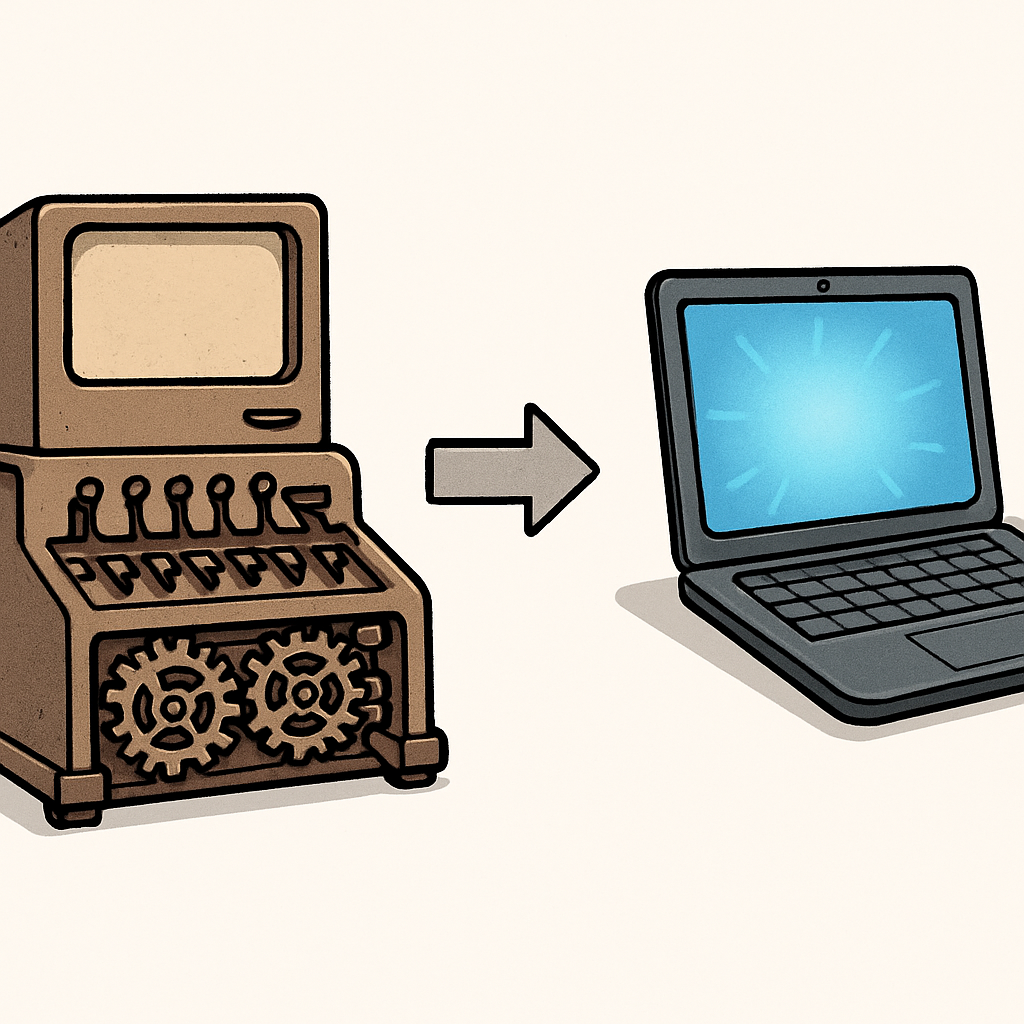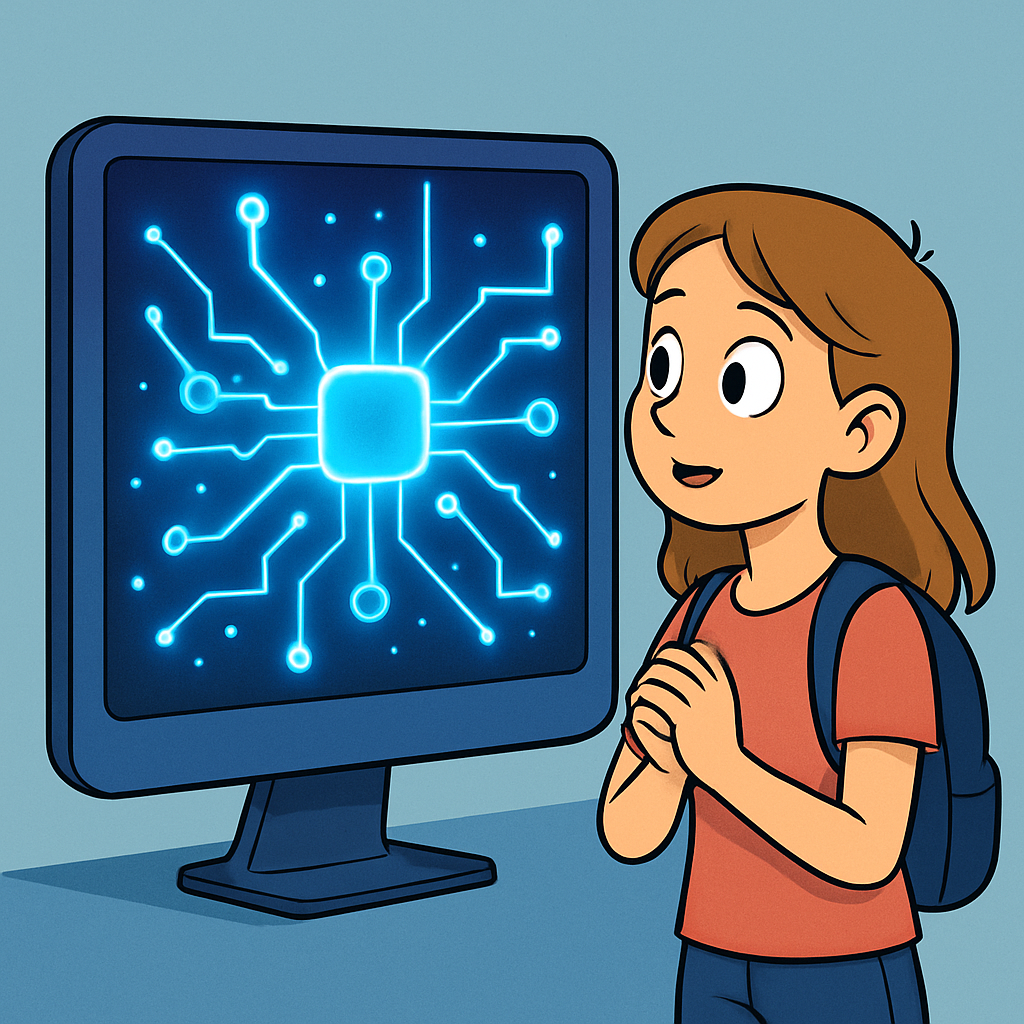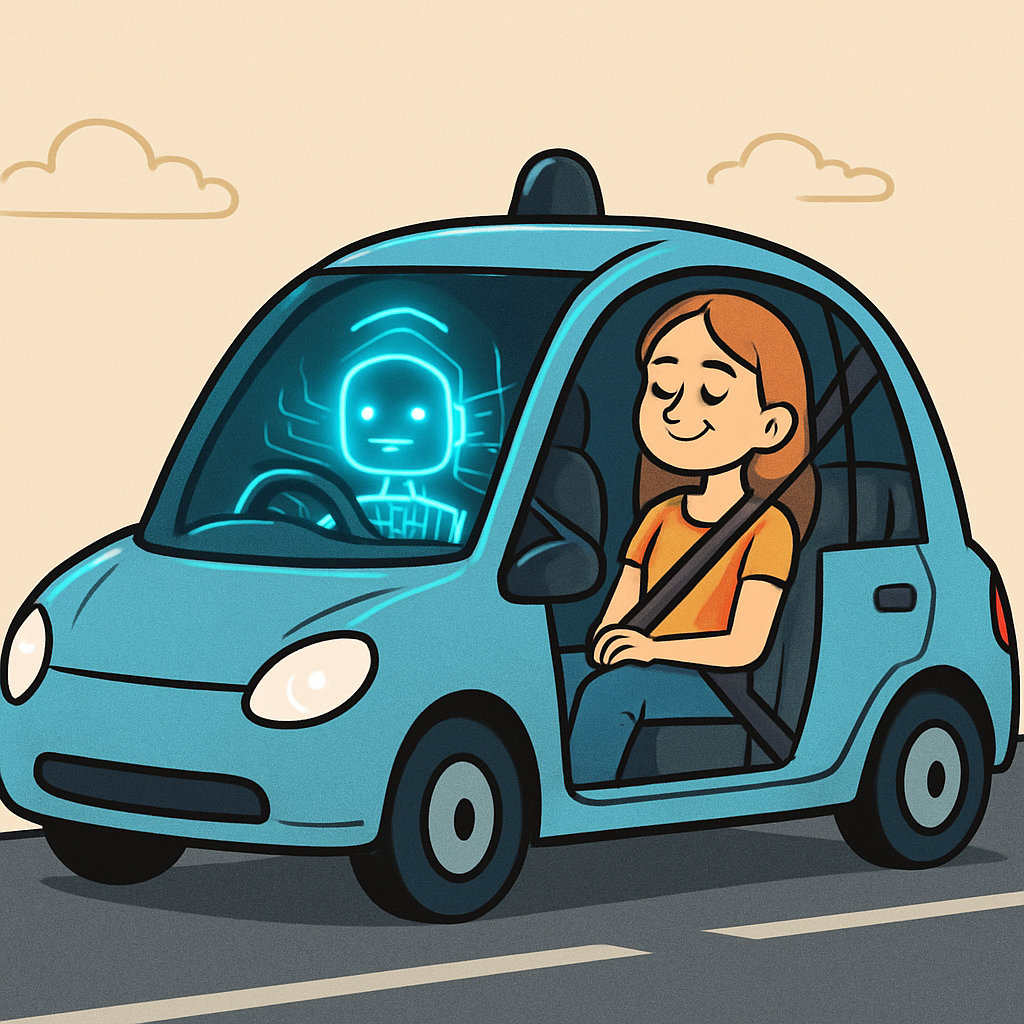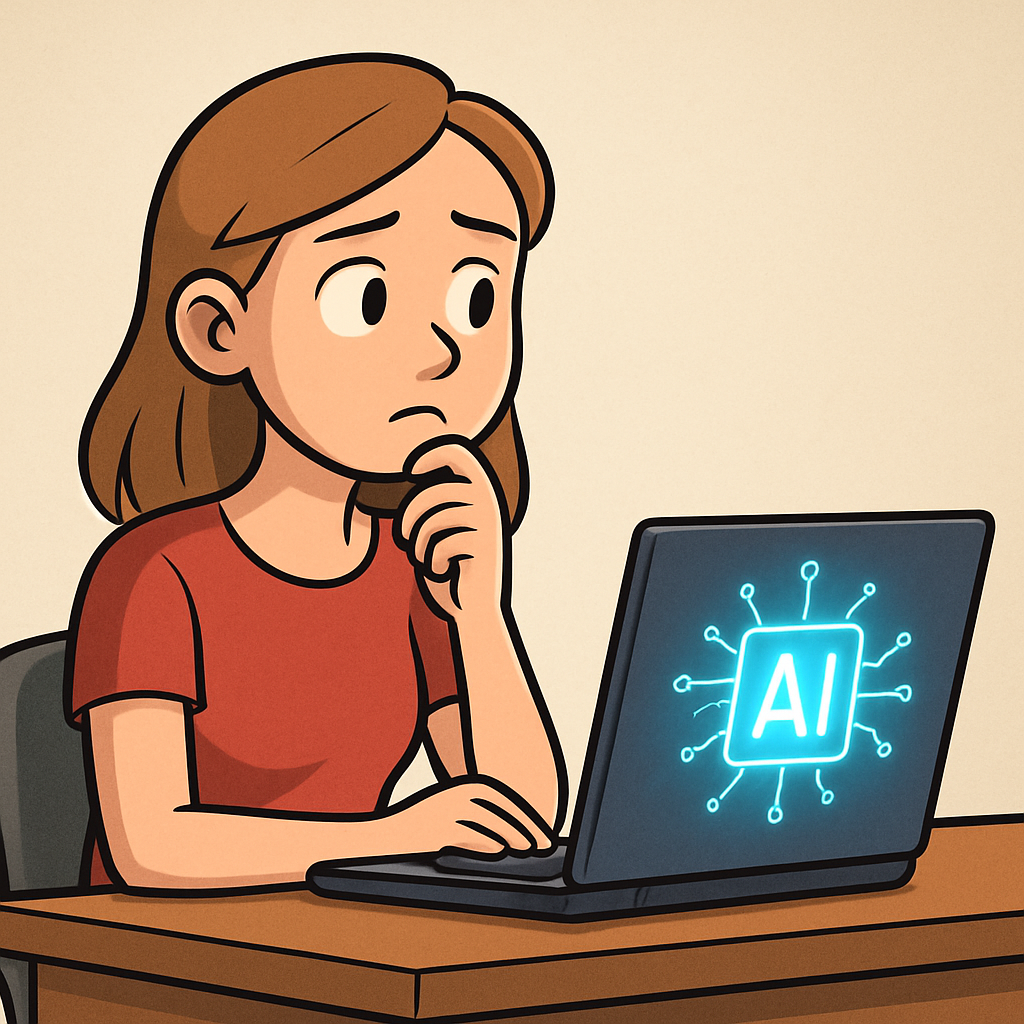In this lesson, you will explore the evolution of computing and AI, considering their past, present, and future impacts. By the end, you'll have a deeper understanding of how these technologies shape our world and the ethical considerations they raise.
 Over the last 100 years, computing has transformed from mechanical machines to powerful digital systems that influence every aspect of our lives. These developments have not only made technology faster and more accessible but have also enabled breakthroughs in science, communication, and entertainment. Let's explore some pivotal milestones in more detail:
Over the last 100 years, computing has transformed from mechanical machines to powerful digital systems that influence every aspect of our lives. These developments have not only made technology faster and more accessible but have also enabled breakthroughs in science, communication, and entertainment. Let's explore some pivotal milestones in more detail:
These developments have progressively made computing faster, smaller, more affordable, and deeply integrated into daily life, from education to healthcare.
 As computing continues to evolve, several emerging trends are poised to transform how we process information, connect devices, and address global challenges. These build directly on historical developments, such as the shift from mainframes to cloud systems, and promise even more powerful, efficient, and sustainable technologies. Let's explore some key trends in more detail:
As computing continues to evolve, several emerging trends are poised to transform how we process information, connect devices, and address global challenges. These build directly on historical developments, such as the shift from mainframes to cloud systems, and promise even more powerful, efficient, and sustainable technologies. Let's explore some key trends in more detail:
These trends not only enhance efficiency and connectivity but also encourage responsible innovation, building on past advancements to create a more integrated and sustainable digital world.
 AI is evolving rapidly, building on decades of computing advancements to create intelligent systems that mimic human-like decision-making. Here are key emerging trends, with examples of how they might be applied:
AI is evolving rapidly, building on decades of computing advancements to create intelligent systems that mimic human-like decision-making. Here are key emerging trends, with examples of how they might be applied:
These trends could automate routine tasks, enhance decision-making in complex scenarios, and create new jobs in areas like AI ethics and development. However, they also require careful consideration of when to apply specific AI algorithms, such as using supervised learning for predictive tasks in healthcare.
 Emerging trends in AI and computing bring both opportunities and challenges. As these technologies become more integrated into our daily lives, it's crucial to consider their broader effects on society, culture, and ethics. This aligns with understanding the complex relationship between computing technologies and society, including positive and negative impacts.
Emerging trends in AI and computing bring both opportunities and challenges. As these technologies become more integrated into our daily lives, it's crucial to consider their broader effects on society, culture, and ethics. This aligns with understanding the complex relationship between computing technologies and society, including positive and negative impacts.
It's important to balance innovation with ethical considerations, such as developing fair AI and protecting user data, to ensure these technologies benefit all of society. This involves discussing when and how AI algorithms should be used, considering their societal implications.